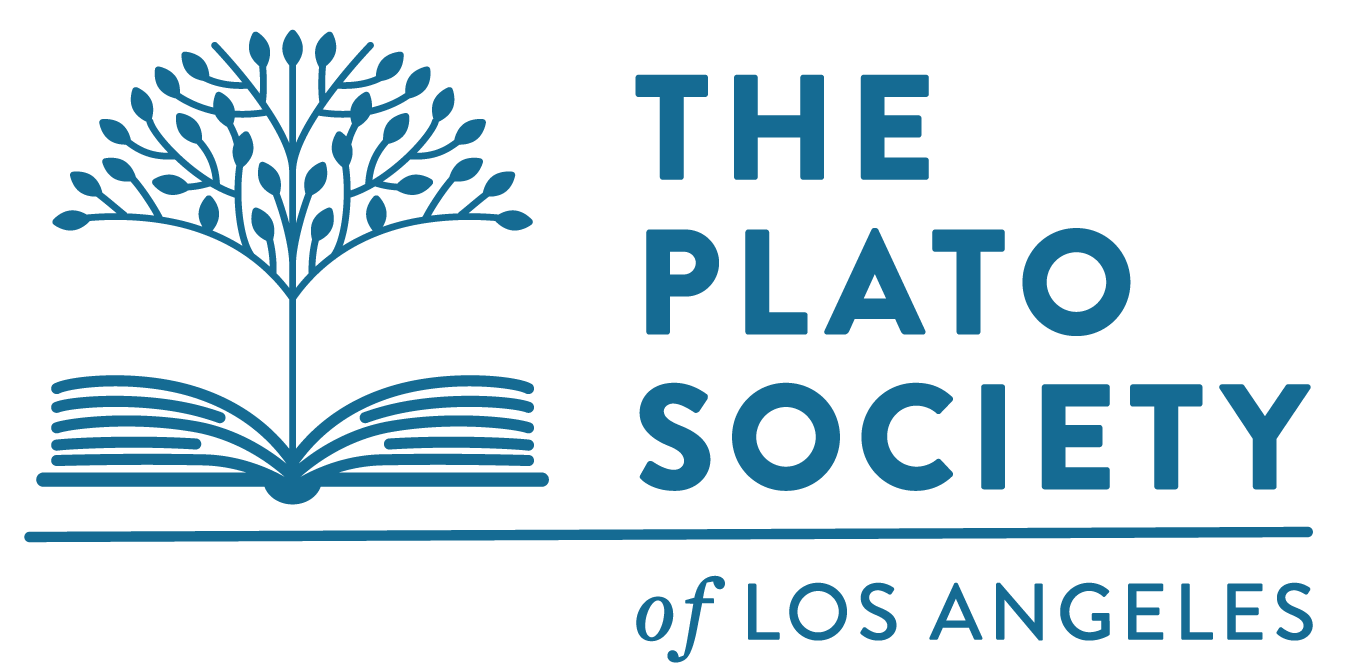This SDG will study the many stories of California revealed in outstanding photographic images documenting the life and times of California. We will read Kevin Starr’s excellent book California for historical context and background on the evolution of the Golden State. From online digital archives, discussion leaders will select outstanding photographic images that examine subtopics detailed in the SDG schedule, including California’s gold rush era, immigration, California’s changing environment, its economic and population explosions, the hard times, wartimes, and fun times explained in Professor Starr’s essays and revealed by California’s finest photography.
We will study great California photographs—by legendary photographers as well as by diverse artists whose works are rarely seen—to understand the California experience beyond what traditional narratives and statistical studies alone can explain. Outstanding images selected by the discussion leaders will facilitate discussions of weekly themes drawn from Kevin Starr’s survey of the golden state and reflected in online photographic collections of UC Berkeley, the Smithsonian, the Library of Congress and other photographic resources.








